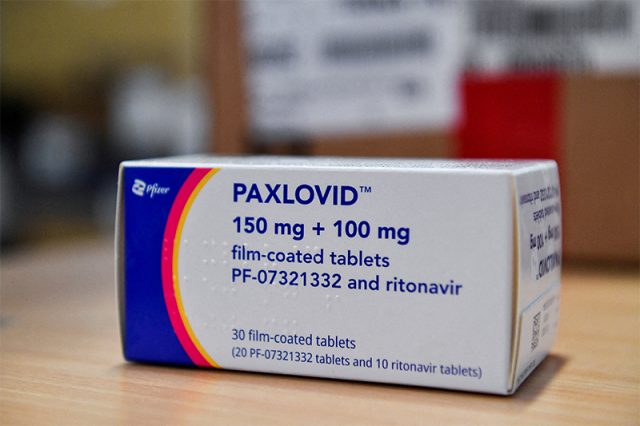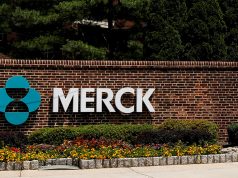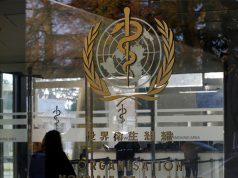
The World Health Organization (WHO) on Thursday endorsed the use of Pfizer Inc’s oral COVID-19 antiviral treatment in high-risk patients after an analysis of trial data by the U.N. agency showed the therapy dramatically cut the risk of hospitalization.
The recommendation comes as thousands of people die of COVID-19 every week, despite a waning global infection rate. Of existing COVID-19 treatments, Pfizer’s PFE.N Paxlovid is by far the most potent, the WHO said.
Other therapies include Merck & Co’s MRK.N rival pill molnupiravir, Gilead Sciences’ GILD.O intravenous remdesivir and antibody treatments.
A WHO analysis of two Paxlovid clinical trials involving nearly 3,100 patients suggested it reduced the risk of hospitalization by 85%. In high-risk patients – those with over 10% risk of hospitalization – using Paxlovid could lead to 84 fewer hospitalizations per 1,000 patients, the agency said.
“These therapeutics do not replace vaccination. They just give us another treatment option for those patients that do get infected that are at higher risk,” said Janet Diaz, WHO lead on clinical management, referring to patients with underlying chronic conditions, the immunocompromised or unvaccinated.
However, there are challenges that could limit the adoption of Paxlovid. Given it needs to be taken in the early stages of disease to be effective, access to quick and accurate tests are imperative to identify patients.
It can also interact with many common medications, complicating its use. In addition, Paxlovid has not been investigated for use in pregnant women, breastfeeding women or children.
These factors have caused Paxlovid supply to eclipse demand in countries where it has been available for some time.
Pfizer has, and continues to, strike deals to sell the treatment in a number of countries, but details around pricing remain largely confidential.
Earlier this year, the company said it expected Paxlovid to bring in $22 billion in sales in 2022. The U.S. drugmaker has agreed to sell up to 4 million treatment courses to UNICEF for use in 95 low-income countries that encompass just over half the world’s population.
This deal accounts for just over 3% of Pfizer’s projected production of 120 million courses this year.
More than 30 generic drugmakers have also been allowed to manufacture cheaper versions of the drug to sell in the 95 countries, but these copycat versions from quality-assured sources will unlikely be ready in the short term, the WHO said, highlighting the lack of pricing transparency could mean that low- and middle-income countries will be pushed to the end of the queue, as happened with COVID vaccines.
Separately, the WHO also updated its recommendation on Gilead’s remdesivir, saying it should be used in mild or moderate COVID-19 patients at high risk of hospitalization.
It had previously recommended its use in all COVID-19 patients, regardless of disease severity.
—Reporting by Natalie Grover in LondonEditing by Mark Potter








